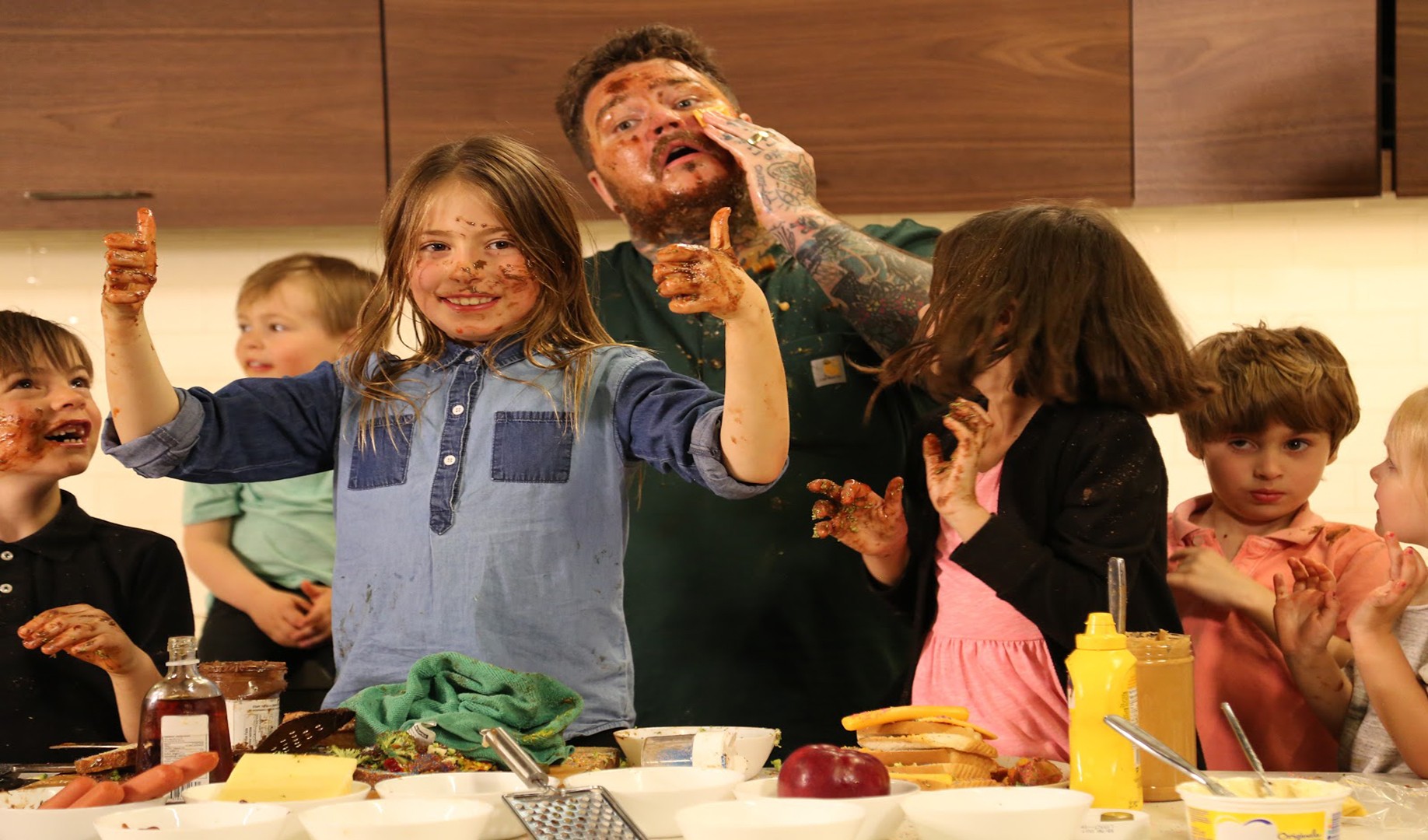Composite image by MUNCHIES staff; original image Dorling Kindersley via Getty Images
If I needed a cheese for romance, I can’t say that I’d choose Roquefort, once described on this very website as “the blue cheese that tastes like an unshowered crust punk.” If that’s your thing, don’t let me yuck your kinda-freaky yum. But yeah, it’s a little moldy, tangy, and dank. Blue cheese—while by no means the stinkiest of the cheeses—can be polarizing.Perhaps that explains Roquefort’s image boost as a cheese born from romance. As the lore goes, a French boy was eating bread and cheese in the caves of Combalou when he spotted a lady; when he went to pursue her, he left his snacks behind. He returned three months later to find that the cheese had grown mold, and he ate it (why???). The cave-aging caught on, and so did the story: it’s written up everywhere from Roquefort producers to the cheese’s official website, to the Los Angeles Times and the New York Times—the theory being that the Penicillium roqueforti spores needed for Roquefort came from the cave itself.Legends tend to be more apocryphal than they are accurate, however, and according to a new study, that might be the case for Roquefort’s origins. After surveying the microbes in caves and aging cellars and finding no naturally occurring P. roqueforti, a group of researchers from the University of Paris-Sud now believes that “P. roqueforti spores did not originate from the caves.”Further dispelling the cave theory, the researchers also found old French texts referencing the growth of blue mold from inside the cheese, not the surface. That would suggest that the milk—not the environment—was tainted with spores. Since many Penicillium species live close to plants, the report says, milk “may historically have become contaminated with P. roqueforti from fodder during milking.”And if it wasn’t the milk, Forbes pointed out, the mold could also have come from rye, which then ended up in the flour that made its way into bread. As the study mentions, cheesemakers as far back as the 19th century were using spores from moldy rye bread to make Roquefort.But hey, blue cheese can be a tough sell as it is. For those people, maybe carrying on the white lie will make it go down a little easier.
Advertisement

